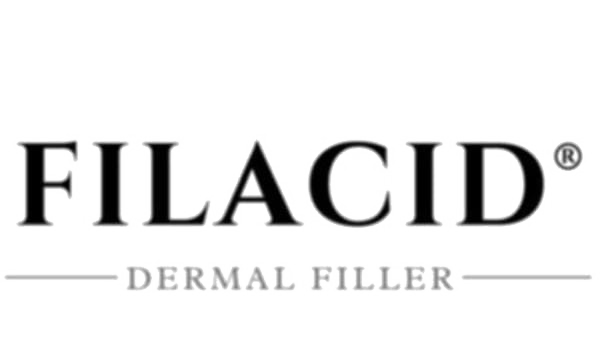A Prospective, Observational Registry Study to Evaluate Effectiveness and Safety of Filacid Hyaluronic Acid-Based Dermal Fillers in Routine Practice: Interim Analysis Results with One Year of Subject Follow-Up
Background: Monitoring the effectiveness, safety and emerging uses of hyaluronic acid (HA) fillers in their wide range of indications requires a holistic approach.
Purpose: To propose an observational study design aiming to gather real-world evidence (RWE) and continuously evaluate the performance and safety of marketed devices in routine practice.
Materials and Methods: A prospective, observational registry was initiated at six European sites. Investigators enrolled any subject receiving at least one injection with a target study device (FILACID volume and/or FILACID Ultra deep) They followed their routine practice regarding injection technique, volume, and subject follow-up. Effectiveness was evaluated at 3 months using the global aesthetic improvement scale (GAIS). Safety was assessed based on common treatment reactions (CTR) and adverse events (AE).
Results: High quantity of RWE was collected following the initiation of this registry. In the first 158 subjects enrolled, 1220 injections were performed in more than 25 indications, including 679 with the target devices and 271 with devices of the same filler line. The primary objective was achieved, with 93.9% of treatments providing improvement at Month 3 according to the PI and subject. Post-injection CTR were mild to moderate and short-lived, and there was no clinically significant AE. More than 76% of treatments still provided some visible effect at month 12.
Conclusion: Based on RWE, FILACID volume and FILACID Ultra deep are effective and safe in their respective indications mostly distributed in the midface, perioral region, and lower face. Observational registries are a valuable asset in the context of post-market clinical follow-up.

